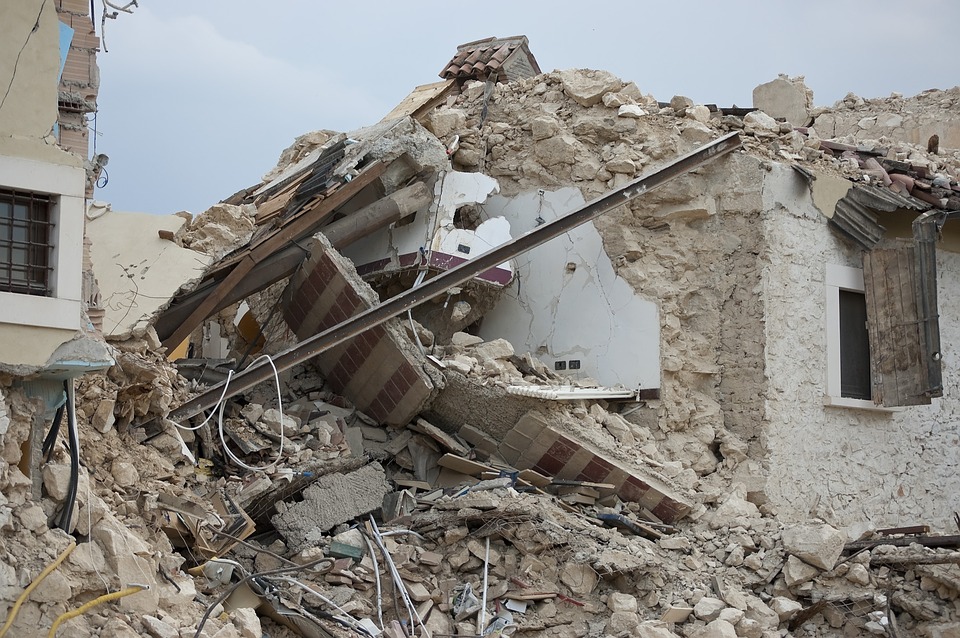
A new earthquake warning system for the US West Coast is now active after several years in development at the California Institute of Technology (Caltech).
The ShakeAlert system designed by Caltech researchers is a network of sensors set up near known geological faults; sections of the Earth’s crust that slip over each other.
Seismic waves travel through the earth at a few miles per second, while the sensors detecting shakes can transmit instantly, alerting seconds or minutes ahead of the damaging earthquake surfaces waves.
A few seconds may not seem like much of a warning about an impending earthquake, but tied into automated safety systems it can save lives.
Once the system detects the earthquake, an automated process begins to warn operators working in critical infrastructure sectors. Train operators are given time to slow down or stop trains.
Key utility infrastructure such as gas and oil pipelines can hit the emergency stop valve, thus ensuring once the earthquake hits, even if it has the strength to rupture supply lines, the damage done will limited.
Dr. Lucy Jones, a research associate in geophysics at Caltech, commented in a statement on Caltech’s blog: “Paired with automated responses that will shut off gas before shaking starts, ShakeAlert could be instrumental in preventing the fires that typically damage cities after a major earthquake.”
Caltech ShakeAlert

The ShakeAlert system currently consists of 400 ground-motion sensors that are operated by Caltech in partnership with the USGS, UC Berkeley and the State of California.
The alert system is moving from a production prototype in pilot mode, to an open-for-business operational mode, which means that only half of the sensors are currently in place.
The current placement of detectors should be able to warn urban areas in advance of any seismic activity. However once the full complement of sensors are in place the accuracy and sensitivity of the ShakeAlert will be greatly increased.
At the end of last month a new software update upgraded how the system processes the data it receives further increasing its accuracy and effectiveness.
The main principle behind the systems works off of how seismic activity unfolds during an earthquake. Many types of wave radiate out from the fault line, S-waves and surface waves are what cause the damage associated with earth quakes, but these move slower than compressional waves which, while weaker, move faster through the ground.
It is these compressional waves that the system picks up and using this information can help pinpoint the origin of the earthquake, while also automating an emergency response to coming tremors
See Also: How Connected Cars Will Shake Up Auto Finance
Californian Congressman Adam Schiff commented in a released statement that: “This is a wonderful milestone.”
“We can now see the end, I hope, in two or three years where the system is fully built out and funded and in operation. And once people come to see the benefit, then the future of the system will be even brighter. Getting that kind of advance notice is going to be so meaningful in terms of making sure people get to a safe place.”






